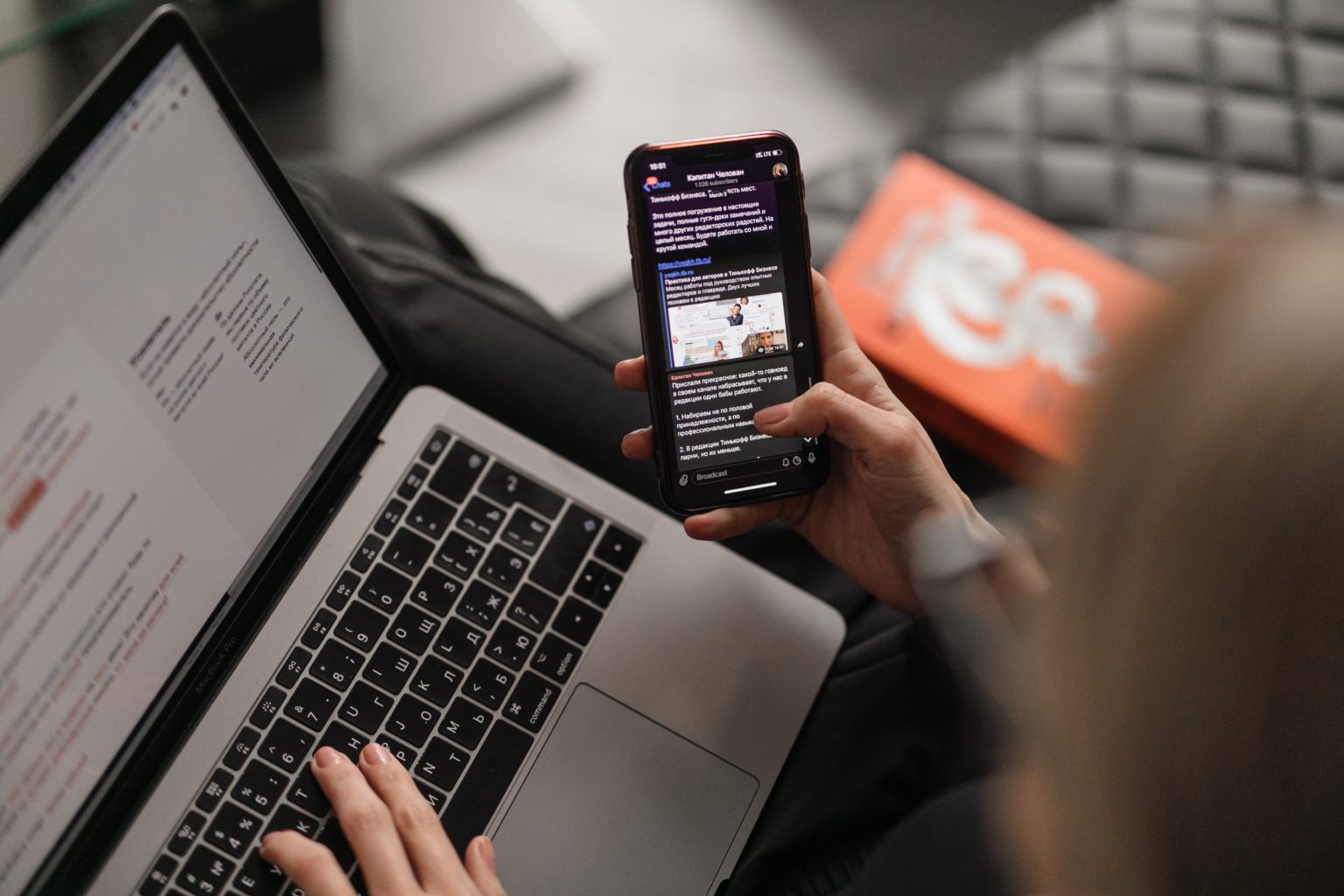Case study
55% increase performance of SMS campaign – Daffodil Day

The challenge:
Every year there is a charitable campaign in Slovakia called Daffodil Day when thousands of volunteers go out on the streets and help to raise money for those suffering from various oncological illnesses.
Many companies contribute as well. We teamed up with O2, a major telco company, who promised to reach 40,000 customers by SMS and ask them to donate. Our job was to use behavioral principles to design an SMS that would persuade O2 clients to do so.
The approach:
The task was clear. We put our heads together and researched all there was about SMS fundraising and behavioral economics. Then we brainstormed multiple ideas until new messages started to take shape.
The solution
We came up with three versions to test against the original one from O2. The original version went like this:
“Help people with cancer and participate in Daffodil Day. Send an empty SMS worth 2 EUR to 848 by April 15th. Thank you! League Against Cancer and O2.”
We based our three versions on three main behavioral principles: Social proof, identity, and reciprocity.
Version 1: Social proof and identity
Social proof is a principle that became famous thanks to Robert Cialdini’s bestseller, Influence: The Psychology of Persuasion. It says that we tend to behave in the way that others around us do. If the majority does something, it’s probably a good idea for us to do it as well. Especially when we are uncertain.
Not so well known, but still effective, is a principle called identity. What people identify with is very important to them. That’s why inviting people to become donors is more effective than simply asking them to donate.
This is what the SMS looked like:
“Thousands of people will participate in Daffodil Day this year as well. Become a donor and send an empty SMS worth EUR 2 to 848. Thank you! League Against Cancer and O2.”
Version 2: Social proof going hard
For the second version, we stuck with social proof. Research shows this is most effective when the people whose behavior we observe are as similar as possible to us. For an O2 customer, it could just be other O2 customers.
This is the final form of the second version:
“Join the thousands of O2 customers who will support Daffodil Day this year. Send an empty SMS worth EUR 2 to 848. Thank you! League Against Cancer and O2.”
Version 3: Reciprocity
The last principle we decided to test was reciprocity. Simply put, when someone does something nice for us first, we are likely to reciprocate.
In this case, before we asked people for a favor, we told them what we would do for them.
The reciprocity SMS read as follows:
“If you were in need, we would be there to help you. You can help already today by sending an empty text worth 2 EUR to 848. Thank you! League Against Cancer and O2.”
The results
Before rolling out the SMS, O2 first tested all of our proposals, along with their original version, on 8000 customers.
The results were very clear, with one of the versions coming out an absolute winner – the reciprocity version. This message outperformed the original message by 55%. O2 then sent this version to the remaining 32,000 customers.
What can you take away from this?
- Behavioral economics can be used even in short messages. With the use of the right words, you can create persuasive short messages stacked with multiple behavioral principles.
- People like to act as others do. Social proof is a very effective and easy-to-use principle. Use it especially when your customers might feel uncertain about what to do. For a reference group, pick people as similar to your customers as possible.
- For customers to act, they need to feel that they have received something from you first. You don’t necessarily need to actually give them anything – let them know you are there for them and willing to help if needed.